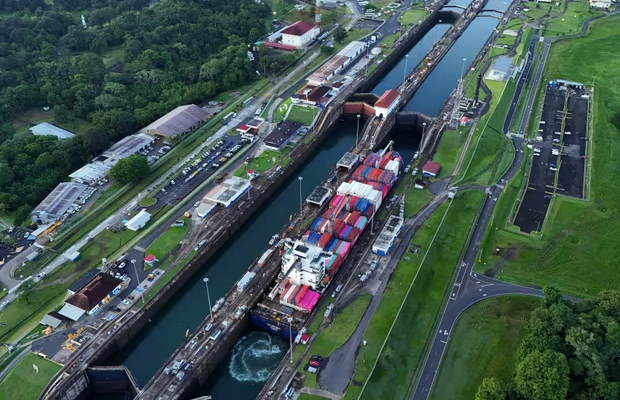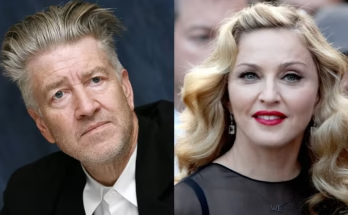Former President Donald Trump has frequently raised concerns over the Panama Canal, particularly focusing on its operation and the fees involved. In several public statements, he referred to the canal as a “foolish gift” to Panama, criticizing its terms and suggesting that the U.S. should reclaim control. A prominent claim Trump made during his inauguration speech was that China was “operating” the Panama Canal, even asserting, without evidence, that it was transferred to China instead of Panama. But what is the reality of China’s involvement with this critical waterway?
The Panama Canal, stretching over 82 kilometers (51 miles), is a key shipping route connecting the Atlantic and Pacific Oceans. It was originally constructed by the United States in the early 20th century. However, in 1977, a treaty was signed that resulted in the canal being transferred to Panama’s control by 1999, under the condition that the canal would remain neutral, serving all nations equally. The United States continues to be the primary user of the canal, responsible for approximately 75% of the traffic passing through. In contrast, China ranks second in terms of usage, far behind the U.S.
One of the points Trump likely referred to in his remarks is the involvement of a Hong Kong-based company at both ends of the Panama Canal. In 1996, Panama granted Hutchison-Whampoa (now Panama Ports Company), a subsidiary of the Hong Kong conglomerate CK Hutchison Holdings, a concession to manage two significant ports: Balboa on the Pacific side and Cristobal on the Atlantic side. However, this agreement did not transfer ownership of the ports to Hutchison-Whampoa; rather, it simply allowed the company to operate the ports on behalf of Panama. In 2021, Panama Ports Company’s concession was extended for another 25 years, but this does not equate to Chinese control over the canal itself.
The U.S. government has previously addressed concerns about Chinese involvement in the canal. In 1999, after Panama granted the port concessions to Hutchison-Whampoa, the U.S. State Department investigated the situation. Their findings concluded that there was no evidence suggesting China would gain control over the canal’s operations. Furthermore, China’s foreign ministry spokesperson, Mao Ning, has consistently denied that China plays any role in managing or operating the Panama Canal, emphasizing that the country has never interfered in its affairs.
While some U.S. officials and analysts have expressed concerns about the influence of Chinese companies in such strategically significant areas, most experts view these fears as overstated. Trump’s statements seem less focused on the actual operations of the canal and more on limiting China’s expanding influence in Latin America, particularly in terms of diplomatic and economic relationships. In recent years, China has successfully convinced several countries in the region, including Panama, to shift their diplomatic recognition from Taiwan to Beijing. These developments, combined with the presence of Chinese companies in key infrastructure projects, contribute to the perception that China is making inroads into the region.
In conclusion, while there is some Chinese involvement at the Panama Canal’s ports, it is not accurate to say that China controls or operates the canal itself. The canal remains under the management of Panama, with foreign companies operating certain ports under agreements that benefit both Panama and the respective companies. Concerns about China’s influence are valid to some degree but seem more aligned with broader geopolitical issues rather than a direct threat to Panama’s sovereignty over its most important asset.



